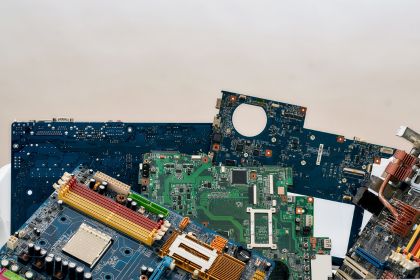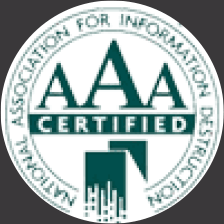
In our fast-paced digital world, the turnover rate for technology is almost as quick as the development of new gadgets. Managing the disposal of outdated IT equipment is a multifaceted challenge for businesses. Not only do you need to stay compliant with environmental regulations, but you also have to think about data security and the financial impacts of transitioning to new tech. Here’s a comprehensive guide for small business owners and IT managers. It outlines the best practices and tips for disposing of outdated IT equipment while keeping your company’s best interests at heart.
1. Inventory and Assessment
To start, you must maintain an up-to-date inventory of all IT equipment. Categorize items based on age, functionality, and security risks. Regularly assess the usability of hardware and the relevance of software. This allows you to control access and helps you identify what needs replacing, allowing time for proper disposal planning.
2. Employee Awareness and Training
Your employees are on the front lines of IT usage and are therefore crucial in properly disposing of technology. Working with them to ensure they’re acting in the company’s best interest is key to success. Develop training programs to educate them on the importance of IT disposal policies and the procedures they need to follow when decommissioning equipment.
3. Data Wiping or Destruction
Before disposing of any IT equipment, you must address the issue of data security. Simply deleting files or formatting drives isn’t enough. Consider using data-wiping software or hiring a certified hard drive shredding service to ensure that sensitive information is unrecoverable. Remember to document the data destruction process for compliance and audit purposes.
4. Environmental Compliance
Environmental regulations like the US Secure E-Waste Export and Recycling Act exist to reduce the impact of electronic waste (e-waste) on the environment. If you’re operating with electronics, you should familiarize yourself with the guidelines specific to your region and ensure you dispose of IT equipment in an eco-friendly manner. Consider recycling options or electronic waste management companies that can safely repurpose or dispose of e-waste.
5. Continuous Review and Improvement
The IT landscape is constantly evolving, and your disposal methods must be flexible and subject to continuous review and improvement. Regularly update your process in accordance with new environmental regulations, data security best practices, and any other relevant factors that may evolve over time. This initiative can complement your IT disposal process and promote a culture of sustainability within your company.
Reach Your Business’s Sustainability Goals
In today’s world, decision-makers must have a seamless and responsible process for disposing of outdated IT equipment. This not only helps in protecting the environment but also safeguards your data and financial interests. With the right strategy and practices, you can effectively manage this aspect of your business while furthering your company’s sustainability goals.





